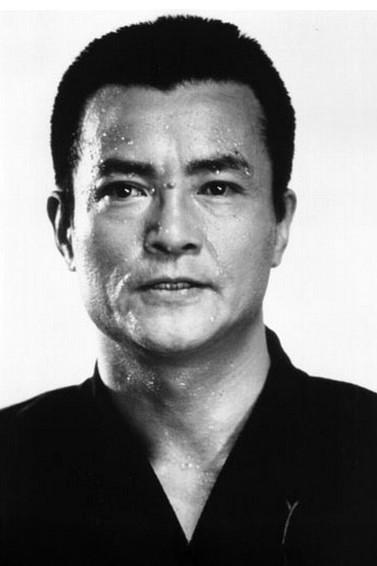
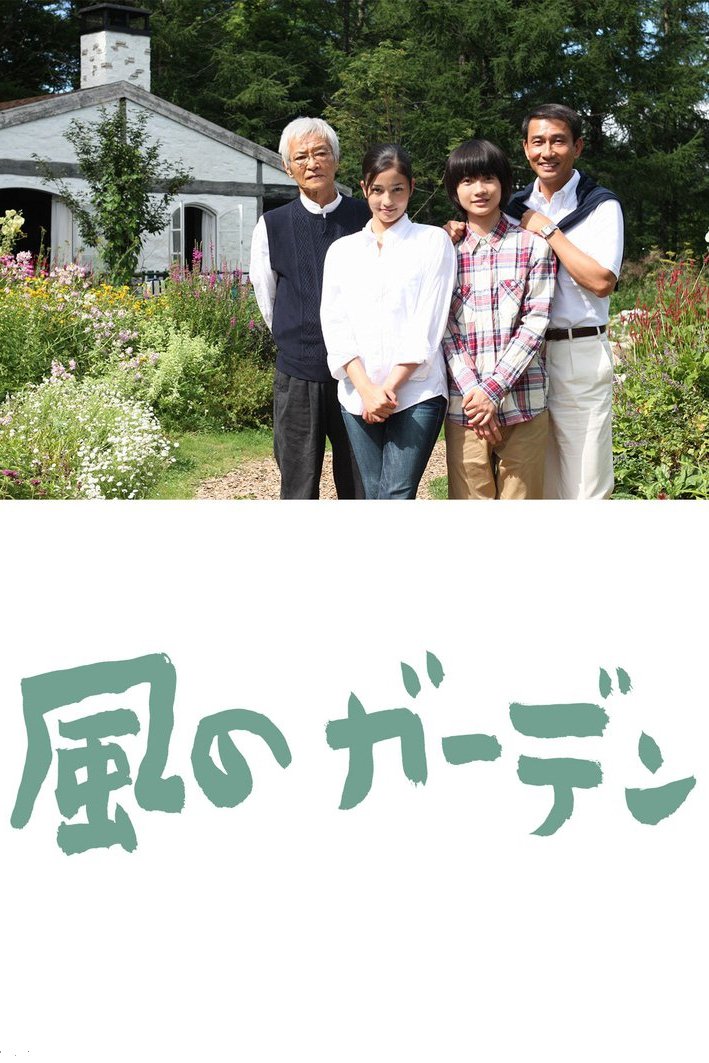
The lead, Dr. Sadami Shiratori worked in the operating room at a famous Tokyo hospital was around death on a daily basis. His own father, Teizo Shiratori is also a doctor, called Grandfather as he raised the estranged children of his wayward son, he practiced medicine in a small town on Hokkaido, Japan’s most northern island. His practice was limited only to terminal patients…in their own homes. He cared for them and helped both them and their families prepare for the ‘final journey’.
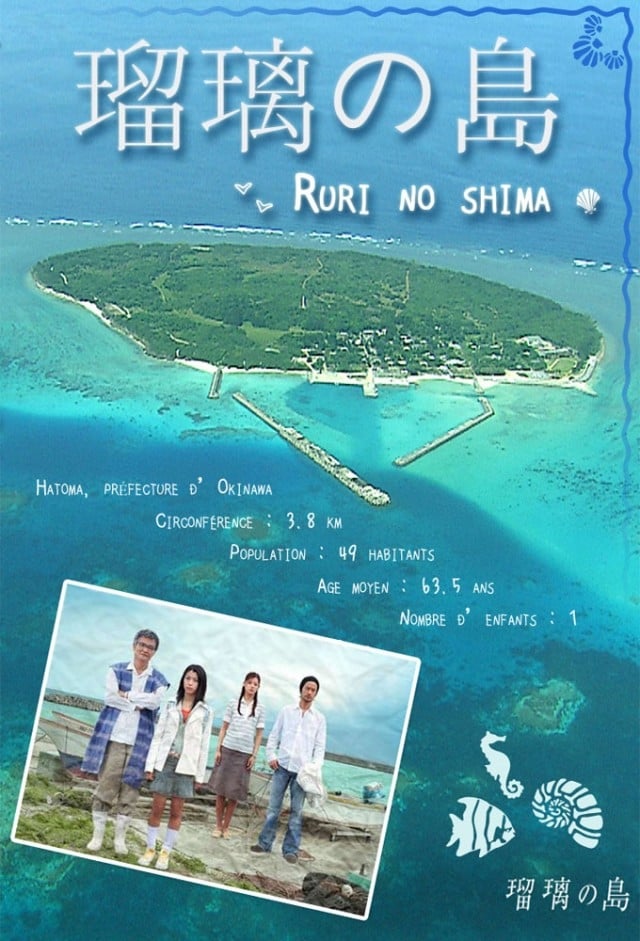
Ruri, having been abandoned by her mother to a foster care facility, lives a life of reckless abandonment. When Nakama Yuzo, a kind man but for a trigger-happy temper, runs into Ruri he realizes that perhaps she's the child he's been looking for. Yuzo lives in Hatomijima, a small insland in Okinawa where the population is 49 and the average age group is 61. There are no children. The island has only one school - a primary school. If a child is not enrolled in the school, it will be closed. As a result, society will abandon the island and in a few years, it will cease to have any inhabitants. To save their island, the locals decide to bring in a foster child. Ruri is their candidate, and with her she brings the hope of the island's survival.
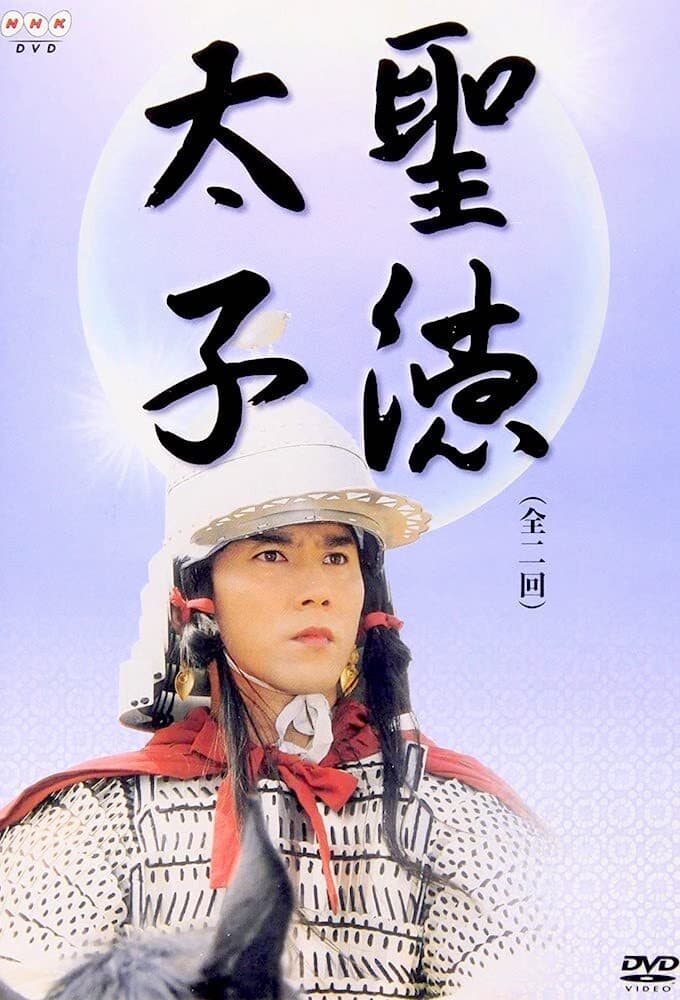
In the late 6th century the leaders of the Yamato Dynasty had no clear plan for the creation of a unified state. Battles still raged among various warrior clans. Shotoku Taishi, second son of Emperor Yomei, strived to create a new nation out of this chaos. NHK captures this great man from a time in history rarely depicted on screen, in a story of epic proportions. Shotoku Taishi is known mainly through legends and myths and has been viewed as more god than man. The elaborate and colorful costumes of the time and the beauty of ancient Japan enhance this fascinating historical drama.

The 36th NHK Taiga Drama is Mori Motonari. This series chronicles the life of Mori Motonari, a warlord of the early 1500s who stood at the vanguard of the Warring States era. All Japanese school textbooks contain the Mitsuya no kyokun, Mori's famous lesson to his three sons that teaches that while one arrow is easily broken, three arrows together cannot be broken. In 1997, 500 years after his birth, NHK dramatizes Motonari's rise from a chief of the region of Aki (now Hiroshima) to a daimyo who rules over ten provinces of the Chugoku region. Motonari was 64 years old and already the patriarch of a powerful dynasty about the time Oda Nobunaga and Takeda Shingen appeared on the scene. And even after his death, the Mori family figured prominently in Japanese history. His grandson Terumoto became a loyal Toyotomi vassal. Defeated at the Battle of Sekigahara, Ieyasu confiscated most of his lands, leaving him only with Suwo and Nagato, later known as Choshu. But 260 years later, the Mori got their ultimate revenge, leading the imperial forces against the Tokugawa in the Meiji Restoration.

This romantic tale involves a co-pilot who aspires to become the pilot of a new Boeing 747-400, and the stewardess he loves. Suddenly, the wife he had believed dead reappears.
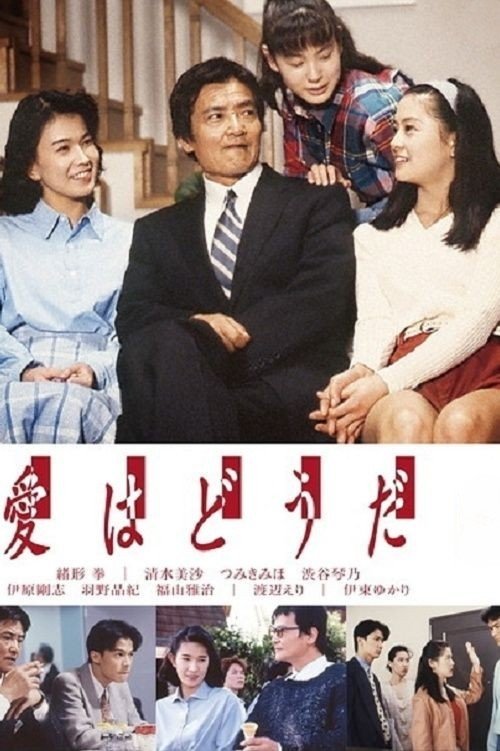
Although Shuichi has lost his wife, there is no lack of female influence in his life. He has three daughters who are eligible for marriage, and an assortment of women friends and lovers that has earned him the reputation of being a playboy. But the real love interest in his life is his female boss. How he and his daughters work out their romantic adventures provides both entertainment and enlightenment in the challenges of finding true love.
Ken Ogata (緒形 拳 Ogata Ken, 20 July 1937-5 October 2008) was a Japanese actor. Ogata was born in Tokyo, Japan. Ogata is well known for his roles in Peter Greenaway's The Pillow Book, Paul Schrader's Mishima: A Life in Four Chapters and Shohei Imamura's The Ballad of Narayama. He won the award for best actor at the 26th Blue Ribbon Awards for Okinawan Boys. In television, his starring role as Toyotomi Hideyoshi in the 1965 NHK Taiga drama Taikōki catapulted him to fame. Ken went on to many prominent roles in subsequent programs. The following year, he portrayed Benkei in Minamoto no Yoshitsune. The network tapped him again for the role of Fujiwara no Sumitomo in the 1976 Kaze to Kumo to Niji to. He returned to playing Hideyoshi in the 1978 Ōgon no Hibi, and returned to the lead as Ōishi Kuranosuke in Tōge no Gunzō, the 1982 Chūshingura. Another featured appearance in a Taiga drama was in Taiheiki (1991, as Ashikaga Sadauji, father of Takauji). Mr. Ogata died on October 5, 2008, just days after finishing his role in the production of the Fuji TV drama "Kaze no Garden" (Garden of the Winds), filmed in the rural Furano area of northern Japan. In his final role, Ogata, himself 71 years of age, played a doctor involved in the end-of-life care of elderly patients. His sons Kanta and Naoto Ogata are actors. NHK selected Naoto for the starring role of Oda Nobunaga in the 1992 Taiga drama Nobunaga King of Zipangu; Kanta played Inaba Masakatsu in Aoi Tokugawa Sandai (2000). Description above from the Wikipedia article Ken Ogata, licensed under CC-BY-SA, full list of contributors on Wikipedia
By browsing this website, you accept our cookies policy.